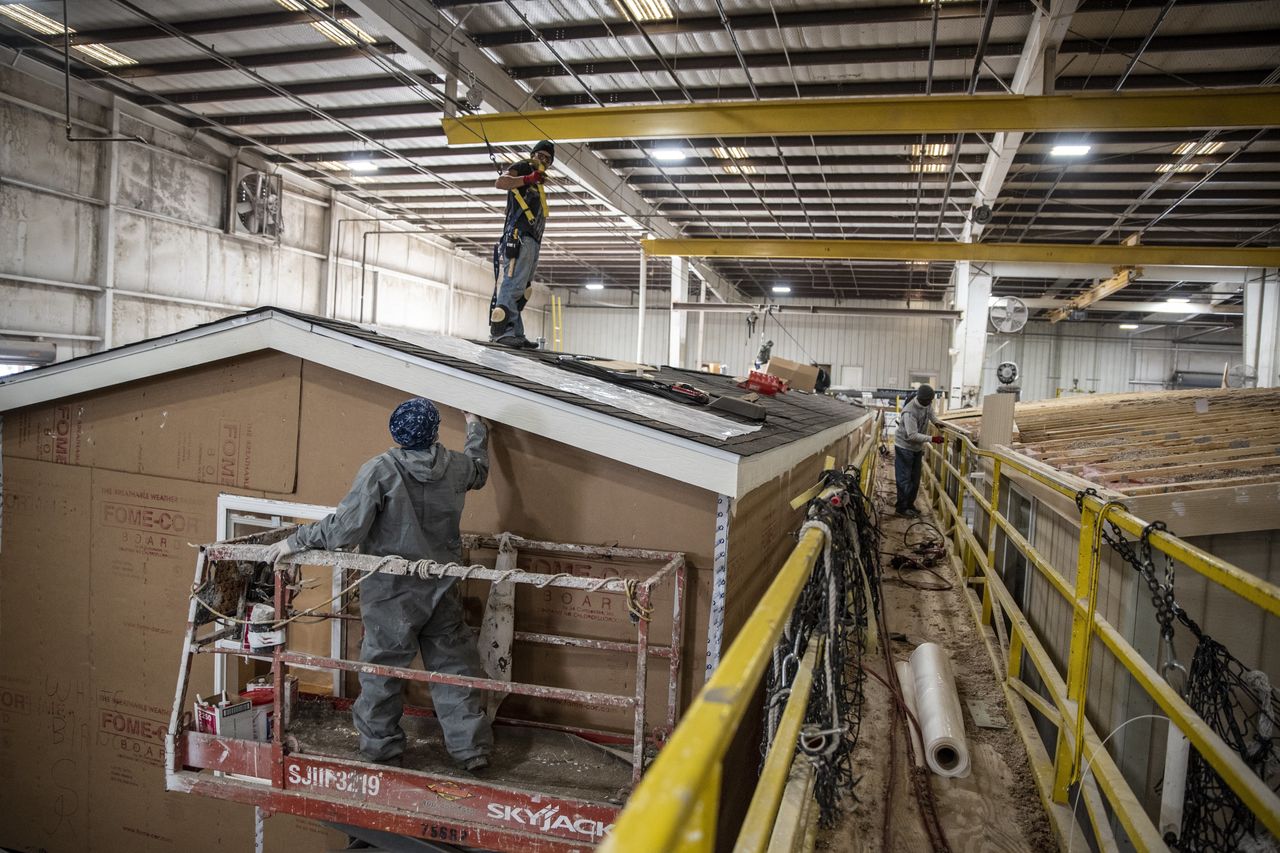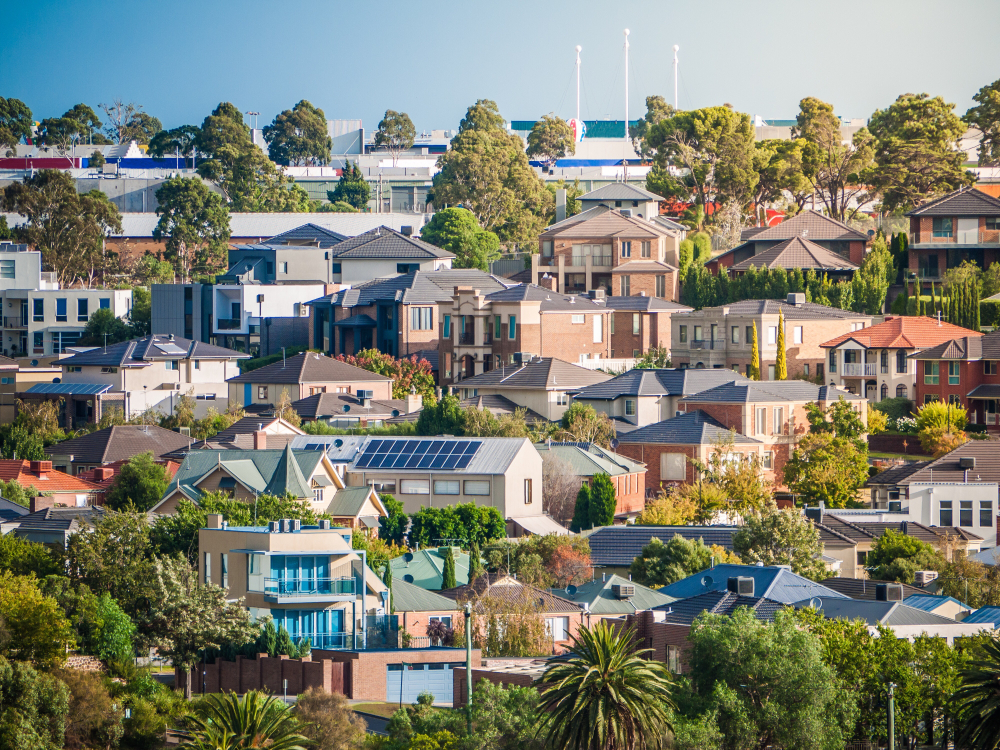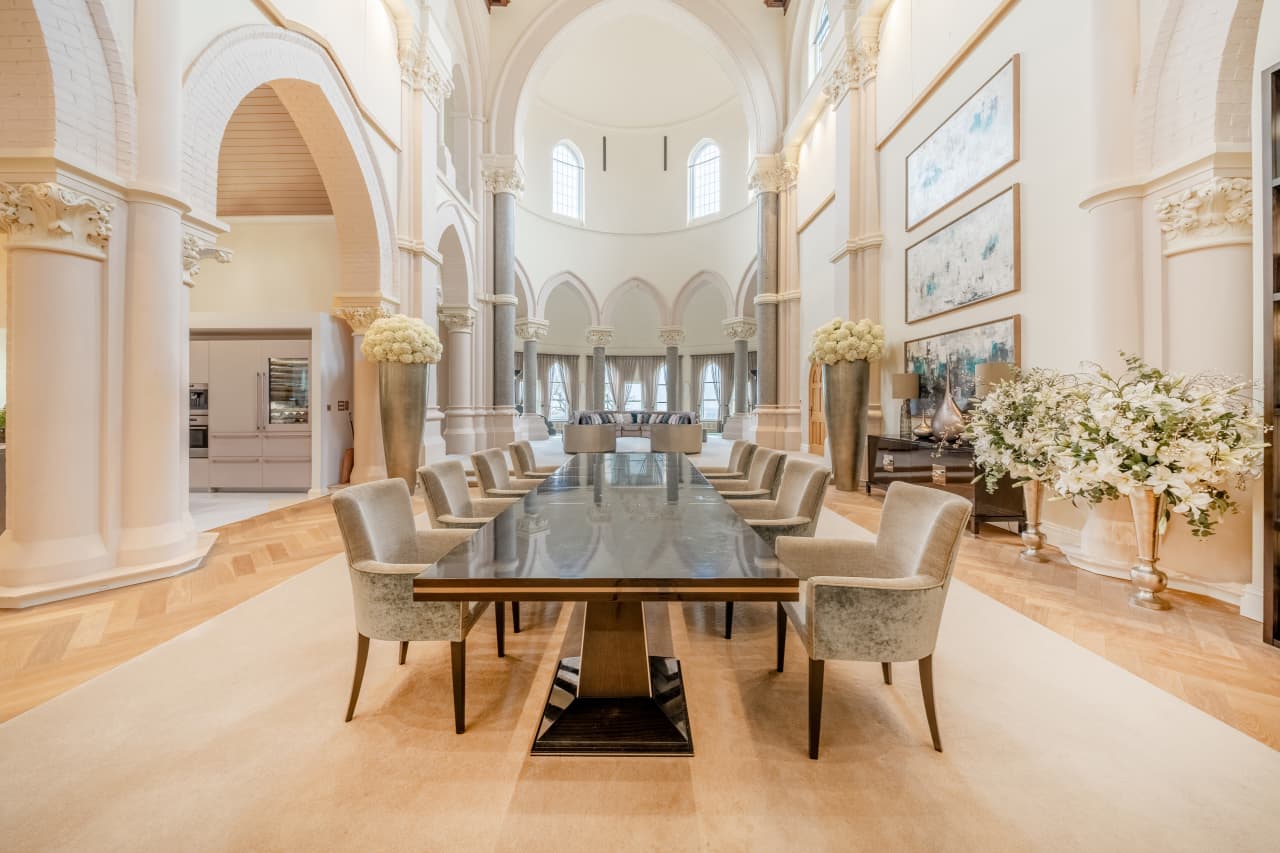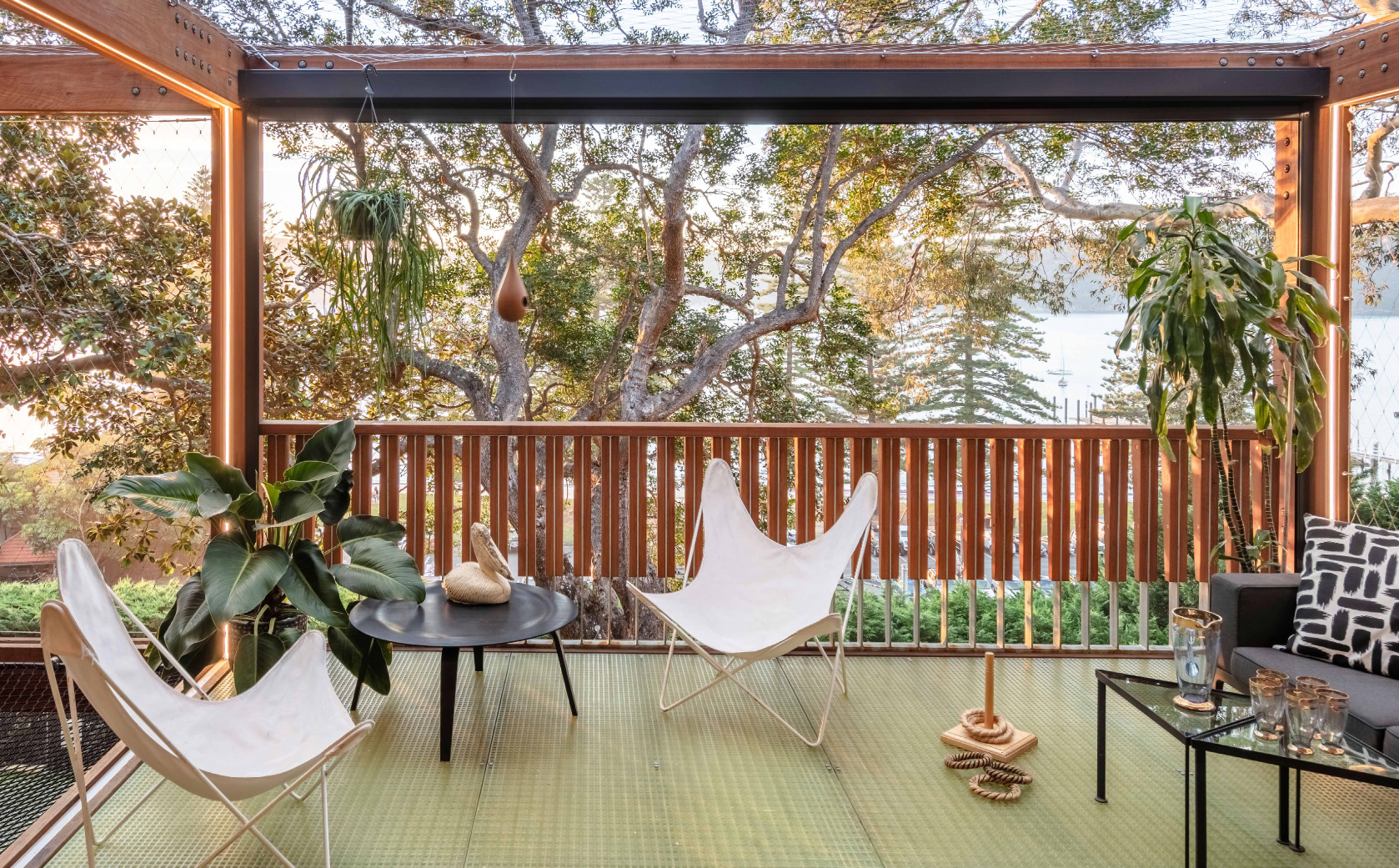The Manufactured-Housing Industry Sees an Opening
Some lenders and advocates think factory-built homes are a solution to the housing crunch.
Elvira and Bobby Guerra spent three years searching for a home to buy in southern Texas, but their real-estate agent repeatedly showed them houses that were too expensive and still in need of work.
Late last year, they went to see a house they found on Zillow and were surprised to learn it had been built in a factory. They liked the large backyard and that it was in a new 21-home subdivision in the San Antonio outskirts of Seguin. The first-time home buyers closed in February.
“We were very impressed with it being a manufactured home,” said Mrs. Guerra, a homemaker. She lives in the three-bedroom house with her 18-month-old daughter. Mr. Guerra, a welder, died from Covid-19 in August.
Housing lenders, developers and advocates think they have found a winning formula by building homes in factories that look like site-built homes but cost less. More developments like the one in Seguin could help alleviate America’s housing-affordability crisis, they say.
“We have a lot of teachers, first-time home buyers and folks downsizing after retirement,” said Dustin Arp, managing partner of Spark Homes LLC. It developed Cordell Oaks, where the Guerras bought their home. “Maybe they used to qualify for site-built housing but no longer do.”
A new single-family home built on-site sold for an average of about US$392,000 in 2020, or about $309,000 excluding the cost of the underlying land, according to government data. New manufactured homes cost US$87,000, not including land.
The industry is on pace to deliver more than 100,000 new manufactured homes this year for the first time since 2006, according to the Census Bureau. The Biden administration has pointed to manufactured housing as one solution to the shortage of affordable homes.
Still, manufactured-home makers face a battle convincing prospective buyers that their homes have solid construction and safe financing choices. The industry boomed in the 1990s, when dealers pumped up sales by offering unrealistic loan terms to people who couldn’t afford them. Home shipments spiked to nearly 400,000 a year. Many borrowers defaulted and lost their homes, and many lenders shut down.
During the pandemic, households living in manufactured homes of all types have been about twice as likely to fall behind on rent or mortgage payments as the broader population, according to an analysis of census data by Alexander Hermann, senior research analyst at Harvard University’s Joint Center for Housing Studies. About 19% were behind in the third quarter of this year.
Those occupying manufactured homes were also more likely to report losing incomes during the pandemic than other households, Mr. Hermann said.
In many ways, manufactured housing remains a world apart from the site-built housing market. The homes are constructed in factories and shipped to their destinations. They are traditionally sold in dealerships that might offer limited financing options. In those cases, a person might buy a manufactured house as a piece of personal property, like a car, rather than getting a mortgage that tethers the house to underlying land.
Some 42% of manufactured homes are purchased with loans secured by the home but not the plot of land, according to the Consumer Financial Protection Bureau. Those loans typically have far higher interest rates. Owners can also be at greater risk of losing their homes if they don’t own the land.
In recent years, Fannie Mae and Freddie Mac have made it easier for lenders to extend conventional mortgages on certain manufactured homes that have features like porches or garages built on-site. Buyers in Cordell Oaks get mortgages like these, secured by both the house and the land.
Missy and Mike Campbell moved in down the street from Mrs. Guerra this spring. They had camped out in their recreational vehicle for months while searching for a new home. They obtained a Fannie Mae-backed loan through Guild Mortgage Co., where Mr. Arp is also the local branch manager.
The Campbells paid about $238,000 for their house, and the mortgage has an interest rate under 3%, Mrs. Campbell said. The two families have a friendly competition going for best holiday decorations.
Skyline Champion Corp., the builder supplying the houses at Cordell Oaks, is also working on subdivision projects in California and Colorado for these higher-end manufactured homes that are eligible for conventional mortgages, according to Dave Busche, a business development director at the company. Spark Homes, the Cordell Oaks developer, is starting on another 51-unit subdivision nearby called Clara Ridge Ranch. Clayton Homes Inc., a unit of Warren Buffett’s Berkshire Hathaway Inc. and the country’s biggest manufactured-home maker, said it is working with seven developers on similar subdivision projects.
These higher-end houses still account for a tiny fraction of new manufactured homes. And manufactured homes have long accounted for about 9% of new single-family construction, according to the National Association of Home Builders. Manufacturers say that many local zoning codes don’t allow manufactured houses, and that local officials can misconstrue them as trailer parks. Supply-chain bottlenecks and labor shortages have also slowed production across the industry.
Builders and developers say they are helping people who might otherwise be locked out of homeownership. New starter homes are scarce. Only about 21% of new site-built homes sold in September were priced under $300,000, according to the Census Bureau, down from 35% of sales a year earlier.
Guild Mortgage, a large manufactured-housing lender, recently purchased four plots of land in Paradise, Calif., which is in the process of rebuilding from wildfires.
The company plans to install manufactured houses built by Clayton. Then it will open them up to residents and policy makers to tour. Eventually, Guild will sell them to Paradise residents.
 Copyright 2020, Dow Jones & Company, Inc. All Rights Reserved Worldwide. LEARN MORE
Copyright 2020, Dow Jones & Company, Inc. All Rights Reserved Worldwide. LEARN MORE
This stylish family home combines a classic palette and finishes with a flexible floorplan
Just 55 minutes from Sydney, make this your creative getaway located in the majestic Hawkesbury region.
This may be contributing to continually rising weekly rents
There has been a substantial increase in the number of Australians earning high incomes who are renting their homes instead of owning them, and this may be another element contributing to higher market demand and continually rising rents, according to new research.
The portion of households with an annual income of $140,000 per year (in 2021 dollars), went from 8 percent of the private rental market in 1996 to 24 percent in 2021, according to research by the Australian Housing and Urban Research Institute (AHURI). The AHURI study highlights that longer-term declines in the rate of home ownership in Australia are likely the cause of this trend.
The biggest challenge this creates is the flow-on effect on lower-income households because they may face stronger competition for a limited supply of rental stock, and they also have less capacity to cope with rising rents that look likely to keep going up due to the entrenched undersupply.
The 2024 ANZ CoreLogic Housing Affordability Report notes that weekly rents have been rising strongly since the pandemic and are currently re-accelerating. “Nationally, annual rent growth has lifted from a recent low of 8.1 percent year-on-year in October 2023, to 8.6 percent year-on-year in March 2024,” according to the report. “The re-acceleration was particularly evident in house rents, where annual growth bottomed out at 6.8 percent in the year to September, and rose to 8.4 percent in the year to March 2024.”
Rents are also rising in markets that have experienced recent declines. “In Hobart, rent values saw a downturn of -6 percent between March and October 2023. Since bottoming out in October, rents have now moved 5 percent higher to the end of March, and are just 1 percent off the record highs in March 2023. The Canberra rental market was the only other capital city to see a decline in rents in recent years, where rent values fell -3.8 percent between June 2022 and September 2023. Since then, Canberra rents have risen 3.5 percent, and are 1 percent from the record high.”
The Productivity Commission’s review of the National Housing and Homelessness Agreement points out that high-income earners also have more capacity to relocate to cheaper markets when rents rise, which creates more competition for lower-income households competing for homes in those same areas.
ANZ CoreLogic notes that rents in lower-cost markets have risen the most in recent years, so much so that the portion of earnings that lower-income households have to dedicate to rent has reached a record high 54.3 percent. For middle-income households, it’s 32.2 percent and for high-income households, it’s just 22.9 percent. ‘Housing stress’ has long been defined as requiring more than 30 percent of income to put a roof over your head.
While some high-income households may aspire to own their own homes, rising property values have made that a difficult and long process given the years it takes to save a deposit. ANZ CoreLogic data shows it now takes a median 10.1 years in the capital cities and 9.9 years in regional areas to save a 20 percent deposit to buy a property.
It also takes 48.3 percent of income in the cities and 47.1 percent in the regions to cover mortgage repayments at today’s home loan interest rates, which is far greater than the portion of income required to service rents at a median 30.4 percent in cities and 33.3 percent in the regions.
This stylish family home combines a classic palette and finishes with a flexible floorplan
Consumers are going to gravitate toward applications powered by the buzzy new technology, analyst Michael Wolf predicts























